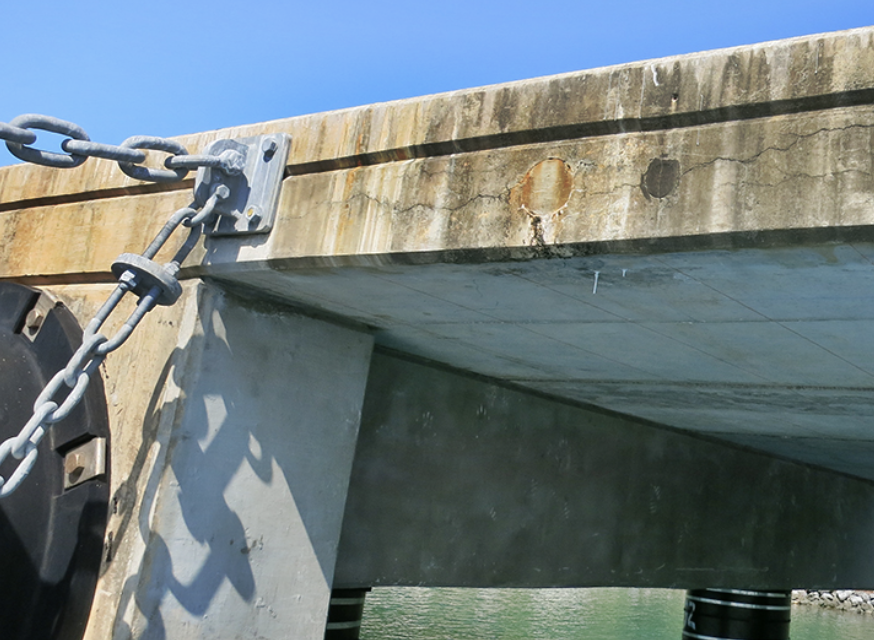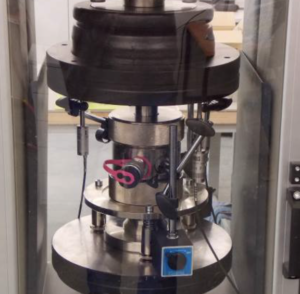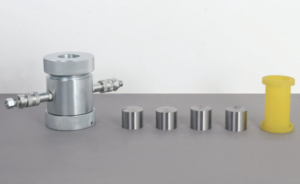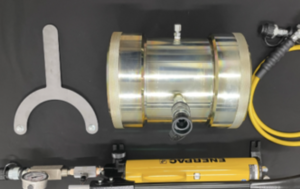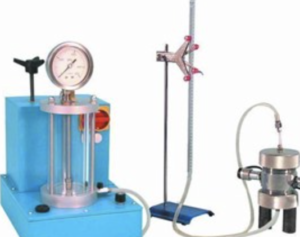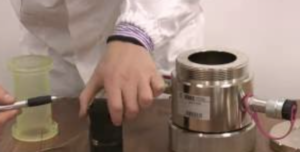Alkali-Silica Reaction (ASR) in Concrete Explained
Concrete might look rock solid, but deep inside, it can suffer from a silent, slow-moving chemical attack known as Alkali-Silica Reaction (ASR). Over time, ASR can weaken concrete, leading to cracks, deformation, and even structural failure. Let’s break down what ASR is, how it forms, and what engineers and builders can do to stop it before it starts.
What Causes Alkali-Silica Reaction?
ASR begins with a reaction between alkalis (sodium and potassium compounds) in the cement and reactive silica1 in certain types of aggregate. When moisture is present, these elements react to form a gel-like substance2 that absorbs water and expands—putting internal pressure on the concrete.
ASR Ingredients:
- Alkalis: Found in Portland cement or chemical admixtures.
- Reactive Silica: Present in some aggregates like chert, opal, or volcanic rock.
- Moisture: From the environment or internal water sources.
| Ingredient | Source |
|---|---|
| Alkalis (Na⁺, K⁺) | Cement, admixtures, external salts |
| Reactive Silica | Aggregates (e.g., opal, chert, flint) |
| Water | Rain, groundwater, humidity |
These three factors form the perfect storm for ASR—especially in humid climates or poorly drained structures.
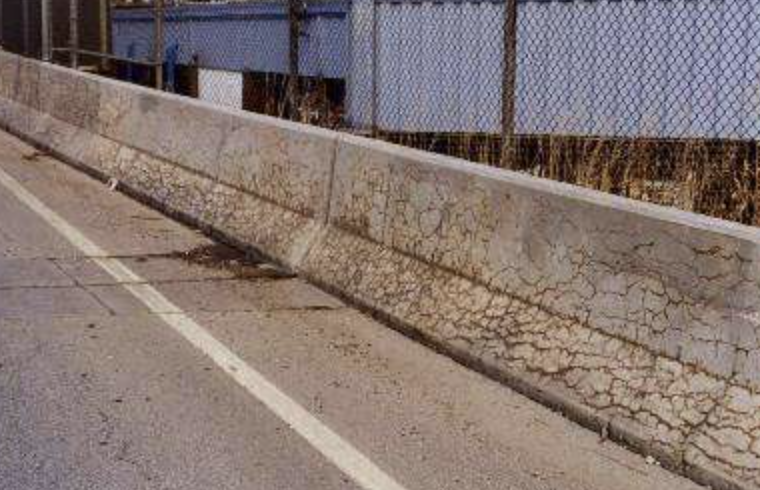
How ASR Affects Concrete Durability
The expanding gel generated by ASR leads to cracks, swelling, and deterioration3 of the concrete over time. It doesn’t just stay inside the material—it affects how the structure holds up under stress.
Key Effects of ASR:
- Internal Cracking4: Random, map-like cracks that grow over time.
- Reduced Strength5: Compromised load-bearing capacity.
- Increased Permeability: Makes concrete vulnerable to freeze-thaw and corrosion.
- Deformation: Expansion of elements like beams or walls.
| Damage Type | Structural Impact |
|---|---|
| Surface cracking | Aesthetic and protective layer failure |
| Joint misalignment | Movement or warping in structural parts |
| Steel corrosion (indirect) | Rusting due to moisture ingress |
If left unchecked, ASR can reduce a structure’s service life by decades—and lead to costly repairs or even demolition.
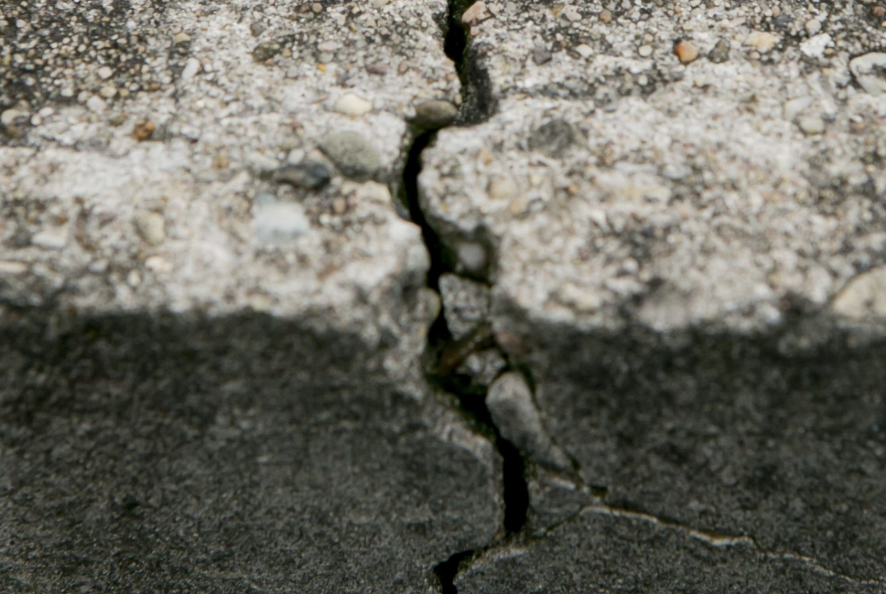
How to Detect ASR in Concrete Structures
Because ASR develops gradually, early detection6 is key to managing the damage before it becomes irreversible.
Signs and Tools:
- Visual Inspection7: Look for map cracking and gel deposits on the surface.
- Petrographic Analysis8: Microscopic examination of concrete samples.
- Expansion Tests: Measure length changes in concrete bars over time.
- Chemical Testing: Identify alkali and reactive silica levels in materials.
| Detection Method | Use Case |
|---|---|
| ASTM C856 (Petrography) | Identifies ASR gel and crack patterns |
| ASTM C1260 (Mortar Bar Test) | Rapid test for aggregate reactivity |
| Field expansion monitoring | Checks for ongoing ASR movement |
Early detection gives engineers a chance to act before damage becomes structural.
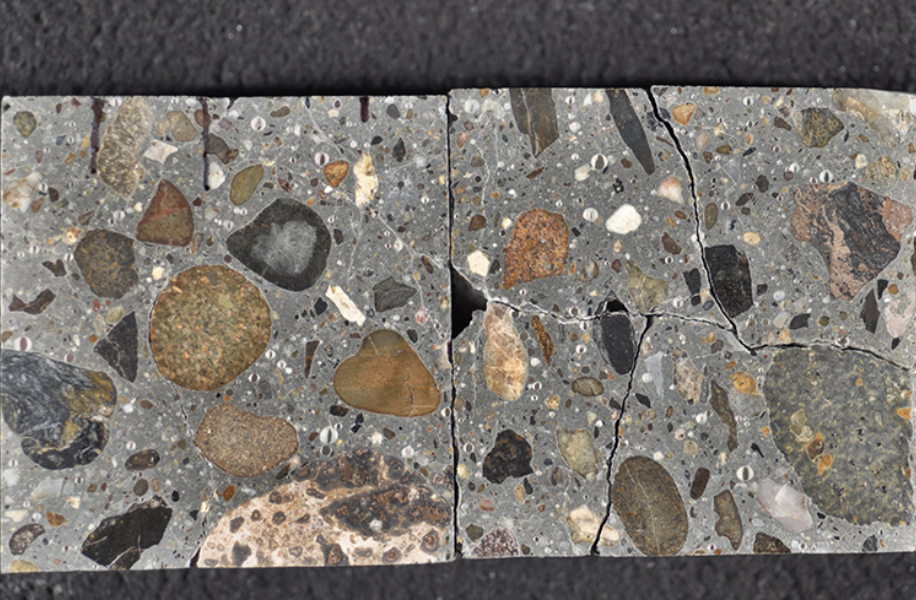
Prevention and Mitigation Strategies
The best way to fight ASR is to prevent it before it starts. For existing structures, there are ways to slow down or contain the damage.
Prevention Techniques:
- Use Low-Alkali Cement: Keep alkali content ≤ 0.6% Na₂O equivalent.
- Non-Reactive Aggregates: Screen materials using ASTM standards before use.
- Supplementary Cementitious Materials (SCMs): Add fly ash, silica fume, or slag to tie up alkalis.
- Control Moisture: Good drainage and surface sealing reduce water ingress.
Mitigation for Existing Concrete:
- Lithium-Based Treatments: Slow ASR by chemically stabilizing silica.
- Crack Injection: Seal cracks to restore integrity and prevent further moisture entry.
- Structural Retrofitting: Reinforce affected areas to extend service life.
| Strategy | Stage of Use | Effectiveness |
|---|---|---|
| SCMs and low-alkali cement | Before construction | Highly effective |
| Moisture barriers | Before/after | Moderately effective |
| Lithium silicate treatments | After ASR onset | Slows progression |
Choosing the right strategy depends on when ASR is detected and how severe the damage is.
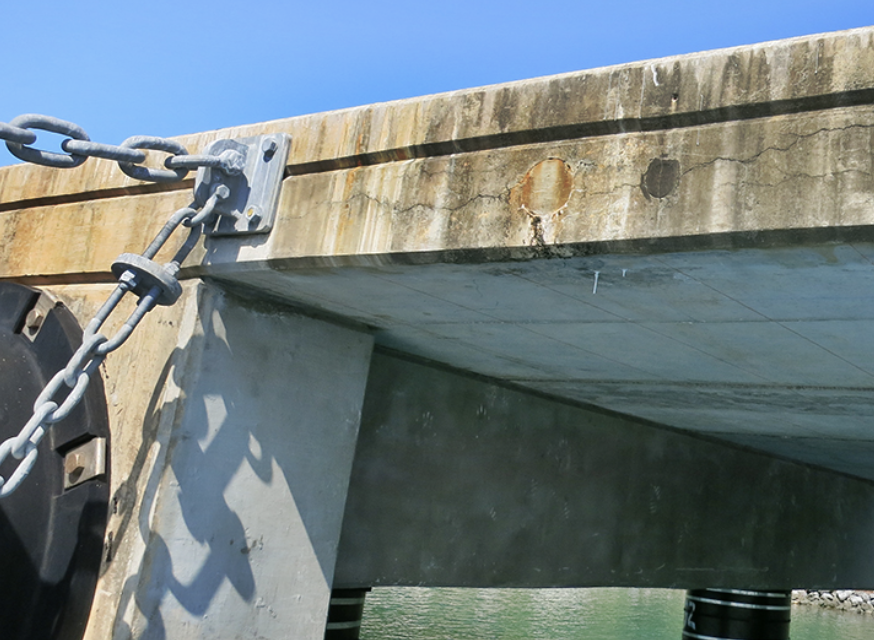
Conclusion
Alkali-Silica Reaction is a slow-burning threat that can quietly undermine concrete strength and safety over time. But it doesn’t have to be a surprise. By understanding the chemistry behind ASR, spotting early signs, and using smart prevention methods, engineers and builders can create resilient concrete structures that stand the test of time.
-
Exploring reactive silica helps in identifying materials that may cause ASR, aiding in better construction practices. ↩
-
Learning about the gel-like substance provides insights into the expansion process in ASR, essential for concrete integrity. ↩
-
Understanding these effects is crucial for maintaining structural integrity and preventing costly repairs. Explore this link for detailed insights. ↩
-
Learn about the causes and prevention of internal cracking to enhance the longevity of concrete structures. This resource provides valuable information. ↩
-
Discover the implications of reduced strength in concrete and how it impacts safety and durability. This link offers essential knowledge for construction professionals. ↩
-
Understanding the importance of early detection can help in effectively managing ASR and preventing irreversible damage. ↩
-
Learning the proper techniques for visual inspection can enhance your ability to identify ASR signs early. ↩
-
Exploring petrographic analysis will provide insights into its role in diagnosing ASR in concrete structures. ↩

